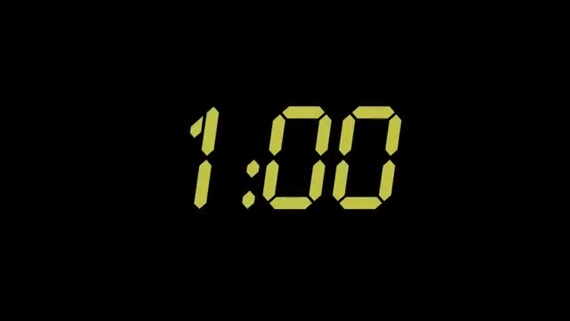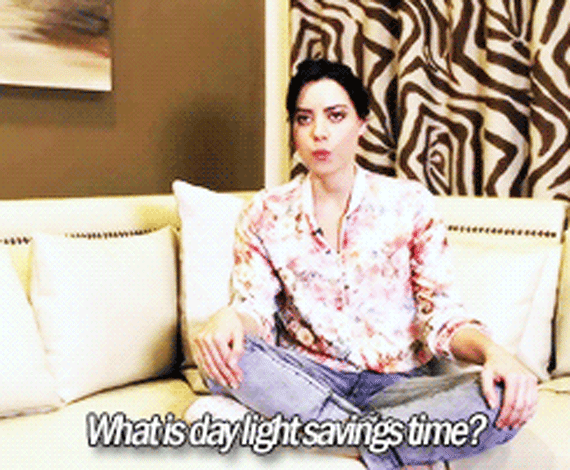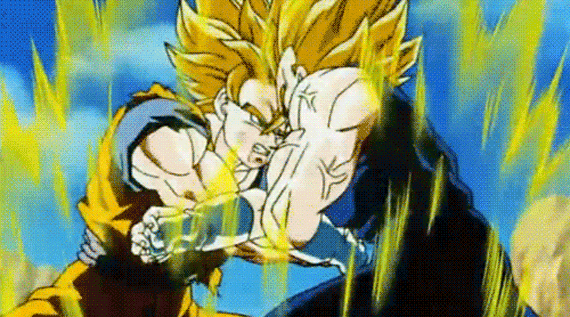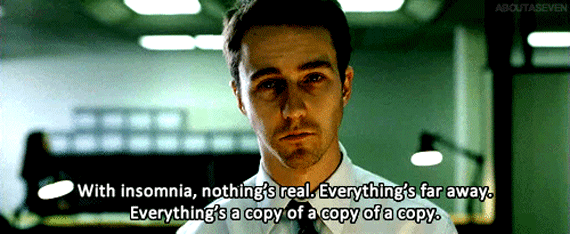Sunday, Nov. 2, at 2 a.m.

One hour.

Because Daylight Saving Time (DST) is ending.

Good question, Aubrey! It's a period (generally from March to October) in which the clocks are sprung forward in order to use as much daylight as possible and conserve energy, according to Timeanddate.com.

That's up for debate. Some research has shown it has little to no effect on people's energy use, but that it can also lead to more expensive electricity bills.

Yes, if you want to keep up with most of the country. No, if you live anywhere in Saskatchewan except for Lloydminster, and in these parts of Canada.

No. The United Kingdom observes "British Summer Time," in which clocks are set forward an hour in the spring, and then switch back to Greenwich Mean Time (GMT) in late October. In total, 160 countries don't observe Daylight Saving Time.

Simple! "Spring forward, fall back!"

Yes ... technically. You set your clock back one hour, so you theoretically take back the one you missed when you set it forward in the spring. But the Harvard Health Blog has said that many don't take advantage of it, and that shifting one's sleep can alter their cycle for days.

Some studies have shown negative health and economic effects (like sleepiness leading to decreased productivity) when the clocks spring forward. But the Insurance Company of B.C. (ICBC) has also said that average car crashes in the Vancouver area increase by 10 per cent in the two weeks following the end of Daylight Saving Time, compared to the two weeks after it begins. So basically, there's no winning. And stay alert when driving.



Follow Us On Twitter
ALSO ON HUFFPOST:
